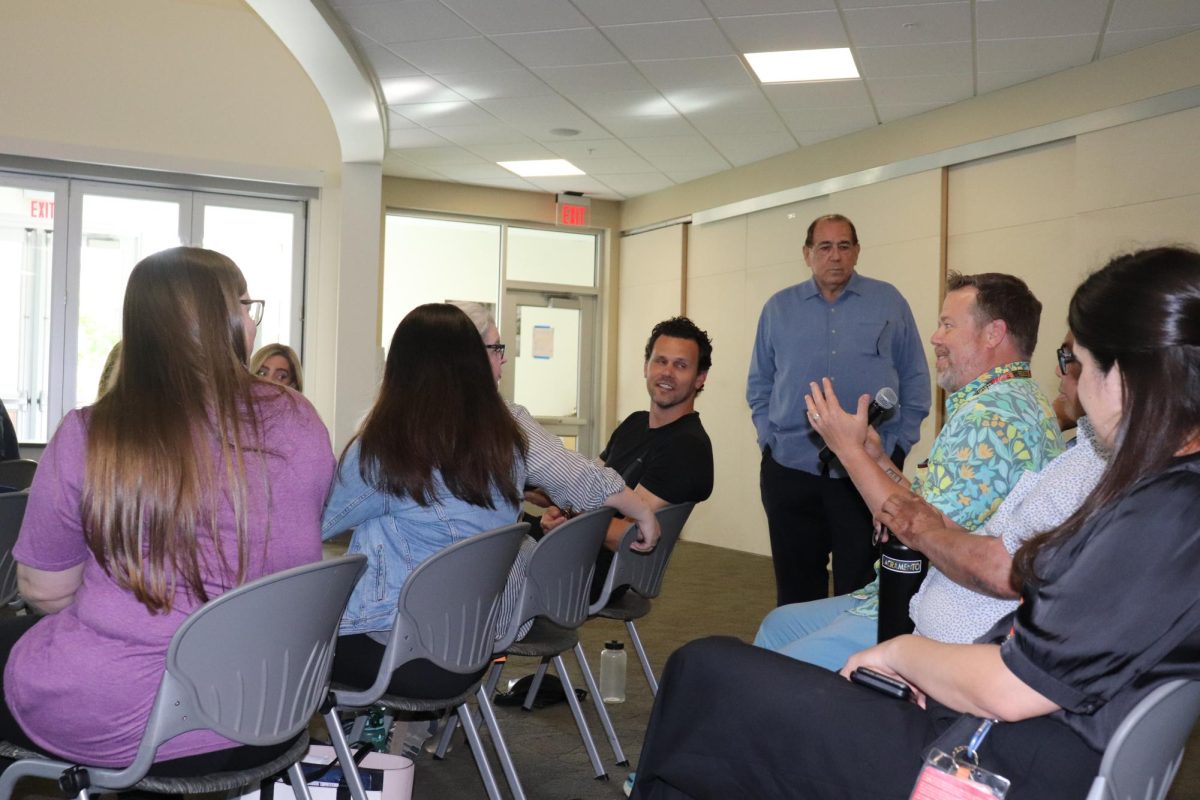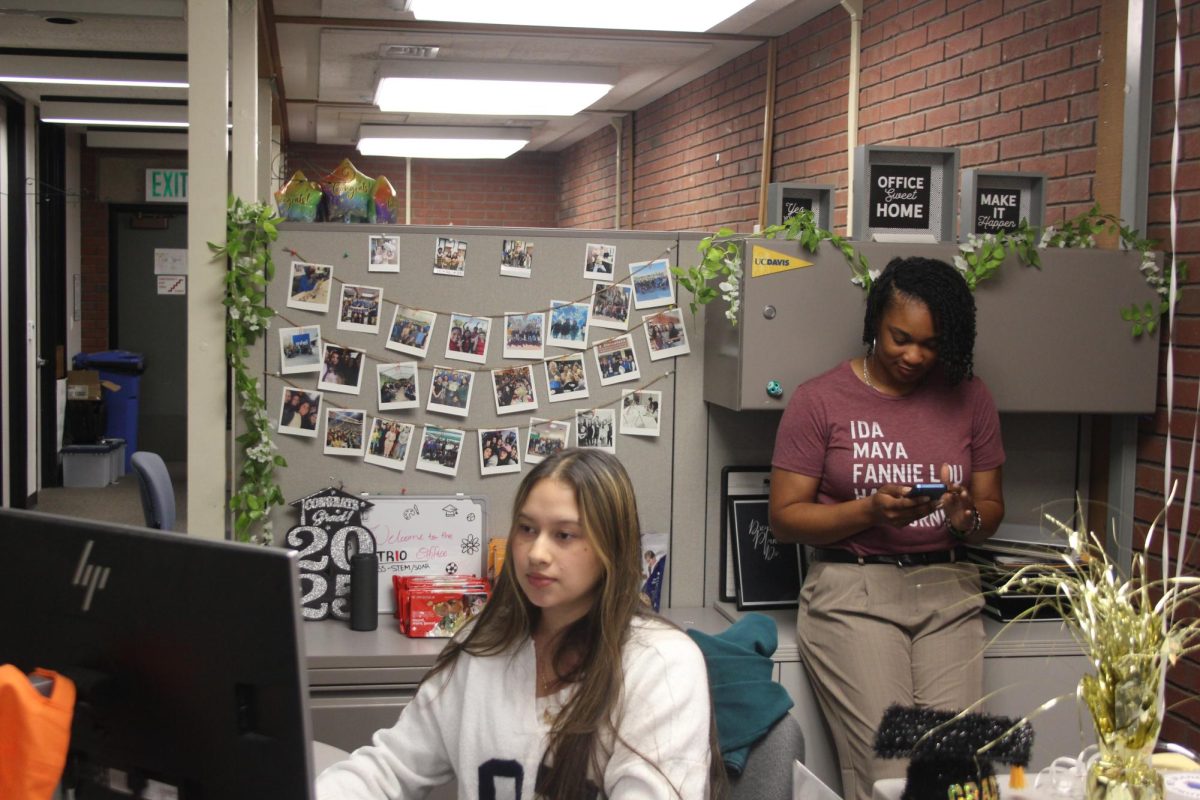Credit card advertisement on campus only leads to students being held hostage by crushing debt
September 17, 2014
There is nothing worse than walking through the campus on the way to class only to be stopped by well-dressed individuals at a table trying to convince you to play and win some prize while also working to get you to sign up for a credit card.
On Sept. 10 and 11, various banks and credit unions came to the campus for the semester bank and credit fair, where these same groups try their best to convince students to sign-up with them.
This needs to stop.
Not all banks or credit unions are trying to pull the wool over your eyes though.
The intentions of the school and the various banks or credit unions actually are noble at times, as building credit early is a good thing for students.
The problem though, is that students are already facing mountains of debt when they finish school, and adding credit cards of their own on top of it doesn’t help at all.
A Fidelity Investments survey conducted last year found that the average 2013 graduate was leaving school with a debt of more than $35,000.
This includes state, federal and private loans along with money borrowed from family and credit card debt.
While the credit card portion of most of the debts averaged only $3,000, that’s still a lot of money for a new graduate entering the workforce.
Let’s be honest here.
The majority of college students are not entirely ready for the experience of having a credit card.
The majority of young adults are impulse buyers.
Advertisements, whether through television or magazines or online, are geared towards the 18-25 age bracket, and students are bombarded daily with the news that if they don’t have the latest cool new gadget they are out of style and something is wrong with them.
This leads to the abuse of a credit card.
While I’d like to think banks and credit unions aren’t intentionally anti-customer, sometimes the profit mindset of capitalism causes these corporations to let you push things to a limit where you end up owing them in the end.
As stated before, there are positive reasons to allow the banks and credit unions on campus.
Growing your credit score early makes it easier to do things like purchase a house.
The sort of things you need later in life.
One of the best ways to grow a credit score for college students is to get a credit card, but that credit card has to be used sparingly and responsibility which means paying it off every month, according to a report by US News & World Report.
Basically only purchase what you truly need to with the credit card, and make sure you’re not blowing off making payments each month.
Using the card regularly followed by missed payments starts down the slope to bad credit.
While building credit early is beneficial and the school is facilitating that with the fair, the problem comes when many of the vendors turn to the aforementioned games and prizes as ways to entice students.
College students work hard and still barely scrape by most of the time, and free stuff is the perfect fuel for irresponsible decision making.
This year if you took a card to each table, you got 10 seconds per table and could spend the subsequent earned time in a money box where the more green paper you grabbed the more money you got on a gift card.
Softening up potential debt issues of a card by associating it with games and free stuff might be the best marketing tool out there, but it’s a lethal combination when it comes to the future of college students.
The negative impact credit cards and the fair have on most students trumps any positive impact.
School should be the last place you have to worry about someone trying to talk you into signing up for more debt than you already might be carrying.
Students will find banks and find credit cards if they truly want them.
Even with the Post Office issues, those envelopes telling a person they are pre-approved for a card still come regularly.
Keep the banks and credit unions where they belong: off campus grounds.
For the sake of the future of most students, it’s the only way to go.





